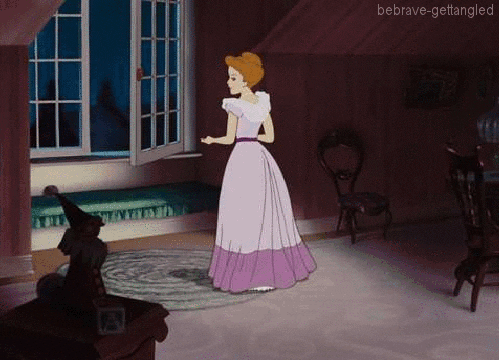In the ever-evolving landscape of societal paradigms, the principles espoused by the Bahá’í Faith illuminate pathways toward unity and transformation. The narrative of Mary Darling, a prominent figure within this journey, embodies the Bahá’í aspiration to effectuate change through creative expression. Her story is not merely one of personal evolution; it is emblematic of the overarching mission to synthesize individual talent with communal advancement, manifesting the essence of “Changing the World One Show at a Time.”
Mary Darling, through her engaging performances, emerges as a paradoxical agent of change—a portrayal that deftly intertwines entertainment with enlightenment. This juxtaposition stirs a reflection on how art and performance can serve as conduits for spiritual ideals, amplifying their resonance within a diverse audience. Within the framework of Bahá’í teachings, artistry is more than an aesthetic pursuit; it is a vehicle for fostering understanding, bridging divides, and nurturing empathy across disparate cultures.
At the core of Bahá’í philosophy is the belief in the oneness of humanity. This foundational tenet echoes through Mary Darling’s works, which invite spectators to contemplate their shared experiences while celebrating their unique identities. Each show she produces acts as a microcosm of the universal struggle for unity, demonstrating how artistic endeavors can contribute to the collective narrative of societal evolution. The tales she shares are imbued with the spirit of collaboration—transcending not only cultural barriers but also the individualistic tendencies that often fragment communities.
Employing metaphors drawn from Bahá’í scripture, one might liken her performances to a tapestry woven from multifarious threads, each representing distinct human experiences coalescing into a coherent whole. The intricate designs of her narratives serve to highlight the interconnectedness of all people, seamlessly merging the joys and tribulations of life into a harmonious portrayal of communal resilience. Just as a tapestry requires both vibrant colors and subtle tones to achieve its full aesthetic potential, so too does the world thrive on the richness of diversity intertwined with common aspirations.
The Bahá’í principle of consultation—an essential mechanism for collective decision-making—resonates within the artistic processes that Mary embraces. Each performance involves collaborative effort, drawing upon the input of various creative minds, thereby exemplifying how dialogue fosters innovation. This praxis not only augments the quality of her shows but also reflects the Bahá’í ethos that prioritizes collective over individual wisdom, casting light on the notion that great ideas are often birthed through the crucible of shared experiences.
Moreover, the essence of Mary Darling’s theatrical endeavors is akin to a modern parable, encapsulating moral lessons through the art of storytelling. Her narratives, while entertaining, do not shy away from addressing crucial societal issues, such as inequality, injustice, and environmental degradation. In a world inundated with superficial distractions, her commitment to imparting profound insights through performance establishes an invaluable platform for enlightenment, urging audiences to engage with and reflect upon the moral implications of their actions.
Such dedication to meaningful artistry resonates deeply within the Bahá’í understanding of service. The belief that every individual has the potential to contribute to the betterment of society is a cornerstone of Bahá’í teachings. By utilizing her talent to advocate for transformative social change, Mary exemplifies the notion that the artist’s role extends beyond mere entertainment; it is a solemn responsibility to inspire and provoke thought.
In examining the unique appeal of Mary Darling’s journey, one finds that her impact transcends the theatrical realm, rippling out into the broader societal context. Her performances invite engagement not just through passive observation but through active participation. Audiences are not merely spectators; they are essential collaborators in the unfolding narrative of what it means to be human in an interconnected world. This dynamic interplay highlights the Bahá’í belief in the power of collective action to stimulate societal evolution.
As Mary Darling continues to navigate the myriad challenges of the performing arts, she discovers that each show is a microcosm of a larger dialogue—one that extends beyond the immediate audience to reshape discourse within communities. The art of performance becomes a quintessential metaphor for life itself: a continual interplay of interaction, reflection, and growth. Each time the curtain rises, there lies an opportunity to elevate consciousness and inspire action, aligning with the Bahá’í vision of humanity’s progressive unfolding.
In conclusion, the legacy of Mary Darling serves as a compelling testament to the transformative power of art as a vehicle for change. Through the lens of Bahá’í teachings, her narrative unfolds as a masterclass in how creative expression can cultivate unity and raise awareness about critical societal issues. By embracing her role as an artist committed to both performance excellence and moral integrity, she exemplifies the unique intersection of creativity and spirituality that lies at the heart of the Bahá’í vision for a better world. As observers witness her journey, they are reminded of the profound influence art wields in fostering connection, empathy, and ultimately, a shared sense of purpose among all of humanity.
